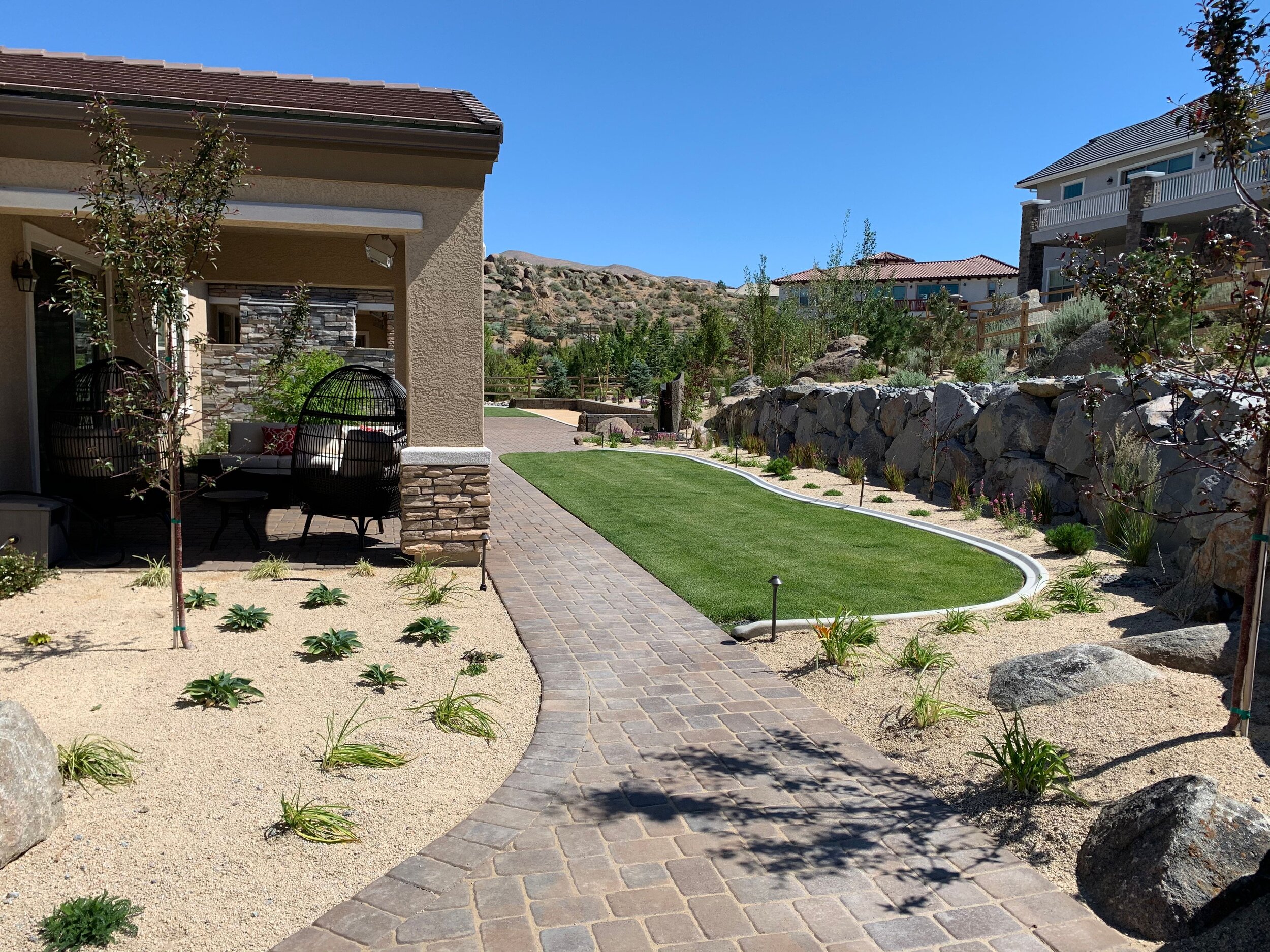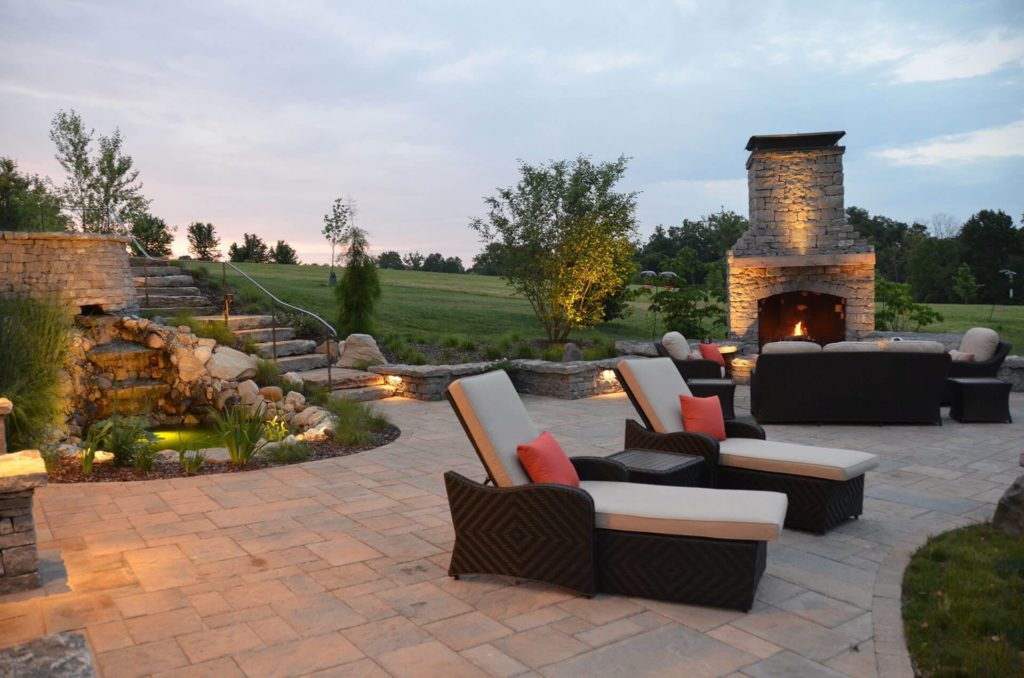All Categories
Featured
Table of Contents
- – Green Landscaping Company Los Angeles, CA
- – Pacific Green Landscape Maintenance
- – Landscape Consulting Los Angeles, CA
- – Landscape Designers Los Angeles, CA
- – Landscape Design Companies Los Angeles, CA
- – Landscape Design And Construction Los Angeles...
- – Construction Landscaping Los Angeles, CA
- – Landscape Consulting Los Angeles, CA
- – Front House Landscaping Los Angeles, CA
- – Landscape Consultants Near Me Los Angeles, CA
- – Landscape Design And Construction Los Angele...
- – Design And Build Landscape Los Angeles, CA
- – Landscape Companys Los Angeles, CA
- – Pacific Green Landscape Maintenance
Green Landscaping Company Los Angeles, CA
Pacific Green Landscape Maintenance
6530 Whittier Ave Whittier, CA 90601-3919(562) 203-3567
Pacific Green Landscape Maintenance
, including floodlights, course lights, wall-mounted lights, and post lights. Floodlights are made use of to illuminate huge outside locations, while path lights are used to assist individuals with sidewalks and entrances.
Selecting the ideal outside lighting depends on several factors, such as the size and layout of your residential property, the building design of your home, and your personal preferences. It's necessary to collaborate with a like Minnesota Landscapes to make and install the ideal outside illumination system for your home. can raise your Twin Cities property's value, enhance safety and safety and security, and boost the overall layout of your home. At, we're dedicated to designing and installing the for your residential property, occurring you get one of the most out of your investment.
Nonetheless, it appears they do not offer comprehensive swimming pool constructs, structural components, or intricate outside living layouts. Reviews indicate they may not have evolved to the highest degree of planting requirements. Heinen Landscape & Watering has actually broadened from a maintenance-focused organization to a full-service landscape design firm. Their proficiency in irrigation and basic landscaping makes them a trusted option.
Backyard by Style concentrates on top notch landscape style and develop solutions. While they do not give recurring maintenance, they deliver well-crafted outdoor areas with attention to information. Nonetheless, further research reveals that Backyard deliberately does not construct swimming pools in-house, limiting their capability to completely integrate outside living parts like High Grassy field Outdoors.
Landscape Consulting Los Angeles, CA
Home Town Grass and Pool specializes in fiberglass pool setups with a solid credibility for quick, affordable tasks. Their bundled yard bundles make it very easy for homeowners to accomplish a complete transformation without hassle.

We offer the the adhering to regions South Central Eastern If we can work out a simple plan with our first conversation, there is no fee. Garden style expenses rely on the complexity of the site to measure and the intricacy of the proposed garden. Most of our strategies expense between $1,500 and $7500.
Landscape Designers Los Angeles, CA
You have full control over that choice. When our designer meets with you, one of our initial ideas is just how to utilize all the elements of your home's atmosphere to boost your garden living experience. Sometimes, when what you own is a perfect fit, we can contribute to your "in-place" things.
This method you can keep and develop all the parts you enjoy regarding your home, while boosting your sight. Given that we are working to bring you into everyday call with the natural globe, our very first thoughts are to use natural materials such as: genuine stone, genuine plants. Choosing materials is a decision we make together so you have a clear feeling of the options and their advantages.
Landscape Design Companies Los Angeles, CA
For yard growing, we consider the lasting upkeep and size viability of all the trees and bushes to ensure that you are a lot more delighted with your yard each year. Sustainability is just one of our team's crucial objectives. For garden planting, we think about the long-lasting upkeep, environment and size suitability of all the trees and shrubs to make sure that you are more pleased with your garden every year.
Outstanding Landscape Providers for Your PropertyWhether you need some tiny landscape design job completed or wish to start a large scale renovating project, our team is below to assist. Outside Living and StructuresOutdoor living rooms are highly desired, as several individuals intend to have the ability to enjoy their limited exterior time every year when the weather fits.
After we set up an outdoor area for you, you will certainly be able to relax secure with an area of your own. Not just will you appreciate it, yet whoever purchases the building next will certainly appreciate it, too. Exterior KitchensIf you desire a complete food preparation area outside, so that you don't need to be cooped inside with a hot stove in July, our design and installation specialists can help.
Fire FeaturesEveryone loves to collect around a warm fire, whether it's fall, spring, or a 90 level evening in July. The layout and setup specialists at Cedar Creek will certainly give you with a stunning and valuable fire feature for your home or organization. We have numerous alternatives and customized features to select from.
Landscape Design And Construction Los Angeles, CA
Some business have made a name for themselves by specializing in lasting landscapes that require minimal maintenance and water. Others have actually focused on producing glamorous exterior space that offer as expansions of the home. By identifying and leveraging your special toughness, you can take a specific niche that establishes you aside from the competitors.
Enhancing Aesthetic Charm with Custom FeaturesCurb appeal is vital for residential or commercial property worth. Produce customized attributes like water fountains, fire pits, and bespoke garden illumination that make a home stick out. Edible LandscapingCombine looks with functionality by integrating edible plants, such as fruit trees, vegetable gardens, and natural herb patches, right into the landscape style.
Offer installation and upkeep services for these ingenious roofing system systems. Offer specialized gardens, such as butterfly gardens, reflection gardens, or sensory yards, customized to the customer's unique requirements and preferences. Provide yard coaching solutions, educating customers exactly how to preserve their yards or supplying workshops on different gardening subjects. Industrial Landscape Design for Apartment or condo ComplexesTarget home facilities with landscaping services that enhance the residential property's aesthetic allure and produce welcoming usual locations for residents.
Usage studies, focus groups, and social media paying attention devices to gather understandings. If you're presenting innovative solutions, make certain your brand reflects that (Los Angeles Landscape Designer).
Construction Landscaping Los Angeles, CA
Here's exactly how: Prices is important when offering costs services. Consider value-based prices, where you price your services based on the worth they bring to the client instead than just the cost of distribution.

Guarantee your landscaping business site highlights your cutting-edge solutions and includes situation researches, customer testimonials, and a blog with industry understandings. Educate possible clients about new landscape design trends and solutions with local workshops or online webinars. Spend in targeted online ads that reach home owners and companies thinking about sophisticated landscaping options.
Landscape Consulting Los Angeles, CA
Make certain high-grade work and excellent customer solution to build a solid track record. Usage reliable advertising and marketing techniques to get to new customers and maintain visibility in the market.
We will certainly proceed to deal with Russ and his firm, and encourage anyone reading this to call and hop on the service routine. You will certainly be soooo pleased you did! Mary Beth.
With years of experience, we have efficiently accomplished this for countless property owners and local business owner throughout the Tri-State area. If you are seeking a comprehensive Cincinnati landscape design firm, we can deliver what you want, in a timely manner and within budget plan. Growing beds, drain, maintaining walls, hardscapes and on-going landscape upkeep, we have what you require.
Front House Landscaping Los Angeles, CA
We are right here to offer you, so, at the base of each of our web pages you will certainly see a call type for your comfort. If you would love to electronically call us, this is an easy means to do that. Additionally, if you would like to subscribe to our e-newsletter, you may do that on the exact same kind.
We use all including programs or very little solutions to accomplish your outdoor maintenance objectives. Whether it be one time grass treatment services or full service, continuous full solution, we can assist.
The services that we give are created to include value to your life. From our drain services to full landscape solution, we supply everything that you require to make your property, whether residential or industrial, every little thing it can be.
Landscape Consultants Near Me Los Angeles, CA
We look after those points around your home or office that take you far from your family members and life - Los Angeles Landscape Designer. We have programs in location to maintain the beyond your home through all four seasons of the year. Call us today to set up a consultation to see just how we can assist you take advantage of your time and home financial investment
, originally produced for the Fire reconstruct, but offered to anyone, consist of 8 scalable front backyard styles that fit landscapes up to 2,500 square feet.
When making a garden, it may be vital to take our four-legged household participants right into factor to consider.
Do their references and profile of their previous job inspire self-confidence? Are they local? Keep in mind that regional professionals are trying to pay their employees a living wage for Sonoma Region which usually, you obtain what you pay for. What services are they going to supply? Request for a composed plan and/or agreement so assumptions are clear prior to beginning work.
Landscape Design And Construction Los Angeles, CA
Choosing plants for a new yard is the fun component! There are likewise many Sonoma County specific plant listings that highlight plants that will certainly grow locally.
All trees on this list are qualified to be made use of for the Money for Grass discount program.
Design And Build Landscape Los Angeles, CA
Weed material and rock mulches literally block earthworms and other organisms from biking nutrients and producing healthy and balanced dirt. Weed material stifles the soil, reducing the circulation of air, and this gets worse gradually as it comes to be silted up. Insufficient oxygen gets to plant roots, and ammonia gas, phosphine gas, and hydrogen sulfide gas can develop in the dirt.
Avoid "gorilla hair" or various other shredded bark composts around homes, decks, fences, and other structures. Large bark chips are generally the very best option for fire resistance. Great (less than ") or thrifty composts ignite, shed much easier and can be difficult to extinguish when the compost is more than 2" detailed.
Landscape Companys Los Angeles, CA

The City of Santa Rosa offers more details regarding firewise gardening referrals right here: . The Master Garden Enthusiasts of Sonoma County have actually put together a list of resources for gardening with wildfire in mind.
Pacific Green Landscape Maintenance
Address: 6530 Whittier Ave Whittier, CA 90601-3919Phone: (562) 203-3567
Email: pacificgreencompany@gmail.com
Pacific Green Landscape Maintenance
From lawn sprinkler repair service and installment to complete backyard cleanups and tree elimination, our landscapers have the tools and experience required to get the job done rapidly and efficiently. Enthusiasm. We love landscaping and we like our fellow Turlock and surrounding are areas. Our enthusiasm receives the way we interact with our customers and our fellow personnel.
Landscape Design And Installation Los Angeles, CADrought Tolerant Landscape Design Los Angeles, CA
Landscape Companys Los Angeles, CA
Landscape Companies In California Los Angeles, CA
Landscape Design & Construction Los Angeles, CA
Green Landscaping Company Los Angeles, CA
Drought Tolerant Landscape Design Los Angeles, CA
Water Wise Landscaping Los Angeles, CA
Landscape Design And Construction Los Angeles, CA
Backyard Landscaping Company Los Angeles, CA
Landscape Design Companies Los Angeles, CA
Landscape Designer Los Angeles, CA
Green Landscape Los Angeles, CA
Backyard Landscaping Company Los Angeles, CA
Landscape Design Services Los Angeles, CA
Landscape Consultants Near Me Los Angeles, CA
Landscape Design & Construction Los Angeles, CA
Landscape Design And Installation Los Angeles, CA
Backyard Landscaping Company Los Angeles, CA
Backyard Landscaping Company Los Angeles, CA
Local Landscape Designers Los Angeles, CA
Green Landscaping Company Los Angeles, CA
Green Landscape Los Angeles, CA
Landscaping Designers Los Angeles, CA
Landscape Design Company Los Angeles, CA
Landscaping Designers Los Angeles, CA
Landscape Design Company Los Angeles, CA
Landscape Design Installation Los Angeles, CA
Landscape And Design Los Angeles, CA
Front House Landscaping Los Angeles, CA
Landscape And Design Los Angeles, CA
Landscape Design And Construction Los Angeles, CA
Landscape Companys Los Angeles, CA
Landscape Design Planner Los Angeles, CA
Design Landscape Los Angeles, CA
Landscape Design And Installation Los Angeles, CA
Landscape Design Companies Los Angeles, CA
Landscape Consultants Near Me Los Angeles, CA
Landscape And Design Los Angeles, CA
Landscape Consulting Los Angeles, CA
Landscape Design And Installation Los Angeles, CA
Landscaping Design Company Los Angeles, CA
Construction Landscaping Los Angeles, CA
Landscape Design Company Los Angeles, CA
Yard Design Los Angeles, CA
Drought Tolerant Landscape Design Los Angeles, CA
Landscape Design Companies Los Angeles, CA
Backyard Landscaping Company Los Angeles, CA
Landscape Design Planner Los Angeles, CA
Landscape Design Companies Los Angeles, CA
Landscape Companys Los Angeles, CA
Design And Build Landscape Los Angeles, CA
Landscape Consulting Los Angeles, CA
Landscaping Design Company Los Angeles, CA
Design And Build Landscape Los Angeles, CA
Design And Build Landscape Los Angeles, CA
Construction Landscaping Los Angeles, CA
Construction Landscaping Los Angeles, CA
Front House Landscaping Los Angeles, CA
Landscape Design Services Los Angeles, CA
Landscape Designer Los Angeles, CA
Front House Landscaping Los Angeles, CA
Landscape Design & Construction Los Angeles, CA
Find Top Seo Company Los Angeles, CA
In My Area Seo Companies Los Angeles, CA
Pacific Green Landscape Maintenance
Table of Contents
- – Green Landscaping Company Los Angeles, CA
- – Pacific Green Landscape Maintenance
- – Landscape Consulting Los Angeles, CA
- – Landscape Designers Los Angeles, CA
- – Landscape Design Companies Los Angeles, CA
- – Landscape Design And Construction Los Angeles...
- – Construction Landscaping Los Angeles, CA
- – Landscape Consulting Los Angeles, CA
- – Front House Landscaping Los Angeles, CA
- – Landscape Consultants Near Me Los Angeles, CA
- – Landscape Design And Construction Los Angele...
- – Design And Build Landscape Los Angeles, CA
- – Landscape Companys Los Angeles, CA
- – Pacific Green Landscape Maintenance
Latest Posts
Repair Swamp Cooler Pan Pasadena
Fire Suppression System Inspection San Gabriel
Verdugo City Kitchen Exhaust Cleaning
More
Latest Posts
Repair Swamp Cooler Pan Pasadena
Fire Suppression System Inspection San Gabriel
Verdugo City Kitchen Exhaust Cleaning